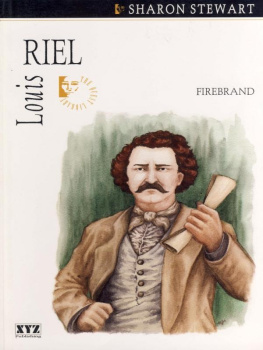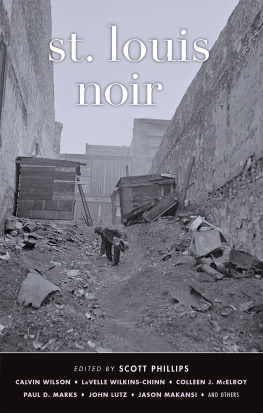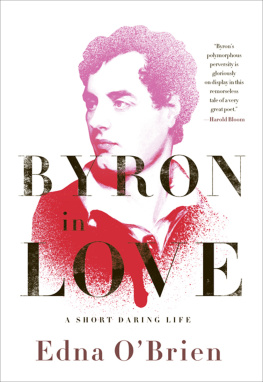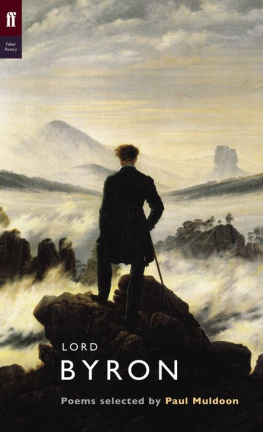CONSANGUINEOUS MARRIAGES
IN THE
AMERICAN POPULATION
STUDIES IN HISTORY, ECONOMICS AND PUBLIC LAW
EDITED BY THE FACULTY OF POLITICAL SCIENCE OF COLUMBIA UNIVERSITY
[Volume XXXI] [Number 3]
CONSANGUINEOUS MARRIAGES
IN THE
AMERICAN POPULATION
BY
GEORGE B. LOUIS ARNER, Ph.D.
University Fellow in Sociology
1908
PREFACE
This monograph does not claim to treat exhaustively, nor to offer a final solution of all the problems which have been connected with the marriage of kin. The time has not yet come for a final work on the subject, for the systematic collection of the necessary statistics, which can only be done by governmental authority, has never been attempted. The statistics which have been gathered, and which are presented in the following pages, are fragmentary, and usually bear upon single phases of the subject, but taken together they enable us better to understand many points which have long been in dispute.
The need for statistics of the frequency of occurrence of consanguineous marriages has been strongly felt by many far-sighted men. G.H. Darwin and A.H. Huth have tried unsuccessfully to have the subject investigated by the British Census, and Dr. A.G. Bell has recently urged that the United States Census make such an investigation. Another motive for undertaking this present work, aside from the desire to study the problems already referred to, has been to test the widely prevalent theory that consanguinity is a factor in the determination of sex, the sole basis of which seems to be the Prussian birth statistics of Dsing, which are open to other interpretations.
The stock illustrations from isolated communities have been omitted as too difficult to verify, and little space has been given to the results of the inbreeding of domestic animals, for although such results are of great value to Biology, they are not necessarily applicable to the human race.
The writer regrets that it is impossible here to acknowledge all his obligations to those who have assisted him in the preparation of this work. Such acknowledgement is due to the many genealogists and other friends who have kindly furnished detailed cases of consanguineous marriage. For more general data the writer is especially indebted to Dr. Alexander Graham Bell, to Dr. Martin W. Barr, to Professor William H. Brewer of Yale University, and to Dr. Lee W. Dean of the University of Iowa. In the preparation of the manuscript the suggestions and criticisms of Professors Franklin H. Giddings and Henry L. Moore have been invaluable.
G.B.L.A.
MARCH, 1908.
CONTENTS
INTRODUCTION
Problems to be TreatedDegrees of ConsanguinityLiterature of the SubjectNoah WebsterBemissDallyG.H. DarwinHuthBellLegal Status in the United StatesMethods of InvestigationGenealogicalPersonalIsolated Communities
RATIO OF THE CONSANGUINEOUS TO ALL MARRIAGES
Previous EstimatesMayo-SmithMulhallDarwinApplication of Darwin's Method to American DataDirect MethodConsanguineal AttractionSame-name and Different-name Cousin MarriagesSummary
MASCULINITY
Constancy of the Sex-ratioConsanguinity and MasculinityTheory of Westermarck and ThomasDuesingGacheNegroes in the United StatesGenealogical MaterialOther CompilationsSummary
CONSANGUINITY AND REPRODUCTION
Theories of the Effect of Consanguinity upon OffspringComparative FertilityStatistics from Darwin and BemissGenealogical StatisticsYouthful Death-rateDegeneracyFallacies in the Work of BemissIsolated CommunitiesThe JukesOther Degenerate FamiliesScrofula
CONSANGUINITY AND MENTAL DEFECT
Idiocy and InsanityInheritability of Mental DefectIntensified HeredityBarr's InvestigationsOther American and English DataMayet's Prussian StatisticsGenealogical Data
CONSANGUINITY AND THE SPECIAL SENSES
United States Census DataThe BlindConsanguinity of ParentsBlind RelativesDegree of BlindnessCauses of BlindnessRetinitis PigmentosaEuropean DataProbability of Blind Offspring of Consanguineous MarriagesThe DeafIrish CensusScotland and NorwayUnited States CensusConsanguinity of ParentsDeaf RelativesCauses of DeafnessDegree of DeafnessDirect Inheritance of DeafnessIntensification through ConsanguinityDr. Fay's StatisticsPersonal DataProbability of Deaf Offspring from Consanguineous MarriagesOpinion of Dr. Bell
SUMMARY AND CONCLUSION
Summary of ResultsInbreeding and EvolutionEffects of Close InbreedingCrossing and Variation"Difference of Potential"Resemblance and IntensificationCoefficient of Correlation between Husband and WifeBetween CousinsBetween Brothers and SistersConsanguinity and EugenicsConsanguinity and Social EvolutionConclusion
CHAPTER I
INTRODUCTION
The purpose of this essay is to present in a concise form and without bias or prejudice, the most important facts in regard to consanguineous marriages, their effects upon society, and more particularly their bearing upon American social evolution. The problems to be considered are not only those which relate primarily to the individual and secondarily to the race, such as the supposed effect of blood relationship in the parents upon the health and condition of the offspring; but also the effect, if any, which such marriages have upon the birth-rate, upon the proportion of the sexes at birth, and the most fundamental problem of all, the relative frequency with which consanguineous marriages take place in a given community.
No thorough and systematic study of the subject has ever been made, and could not be made except through the agency of the census. The statistical material here brought together is fragmentary and not entirely satisfactory, but it is sufficient upon which to base some generalizations of scientific value. The sources of these data are largely American. Little attempt is made to study European material, or to discuss phases of the problem which are only of local concern. Some topics, therefore, which have frequently been treated in connection with the general subject of consanguineous marriages are here ignored as having no scientific interest, as for instance that of the so-called "marriages of affinity," which has been so warmly debated for the past fifty years in the British Parliament.
For obvious reasons it will often be impossible to distinguish between the different degrees of consanguinity, but wherever possible the degree will be specified. It is probable that where a number of marriages are vaguely given as consanguineous, few are more distant than second cousins, for in the United States especially, distant relationships are rarely traced except by genealogists. In designating degrees of relationship the common terminology will be used, as in the following table, expressing, however, the rather clumsy expression, "first cousin once removed" by the simpler form "1-1/2 cousin."
By far the greater part of the literature of consanguineous marriage is of a controversial rather than of a scientific nature, and a search for statistical evidence for either side of the discussion reveals surprisingly little that is worthy of the name. Yet men of high scientific standing have repeatedly made most dogmatic assertions in regard to the results of such unions, and have apparently assumed that no proof was necessary. For example, Sir Henry Sumner Maine "cannot see why the men who discovered the use of fire, and selected the wild forms of certain animals for domestication and of vegetables for cultivation, should not find out that children of unsound constitution were born of nearly related parents."


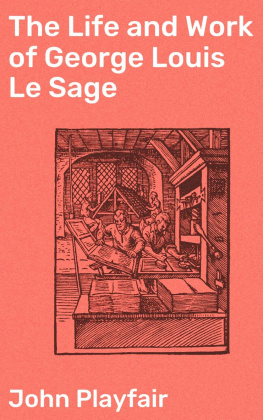
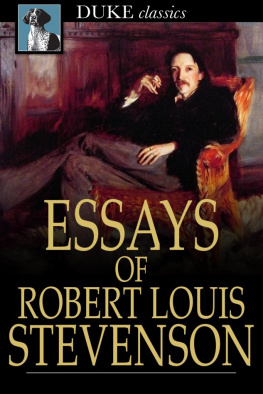
![Louis de Montfort - The Saint Louis de Montfort Collection [7 Books]](/uploads/posts/book/265822/thumbs/louis-de-montfort-the-saint-louis-de-montfort.jpg)

